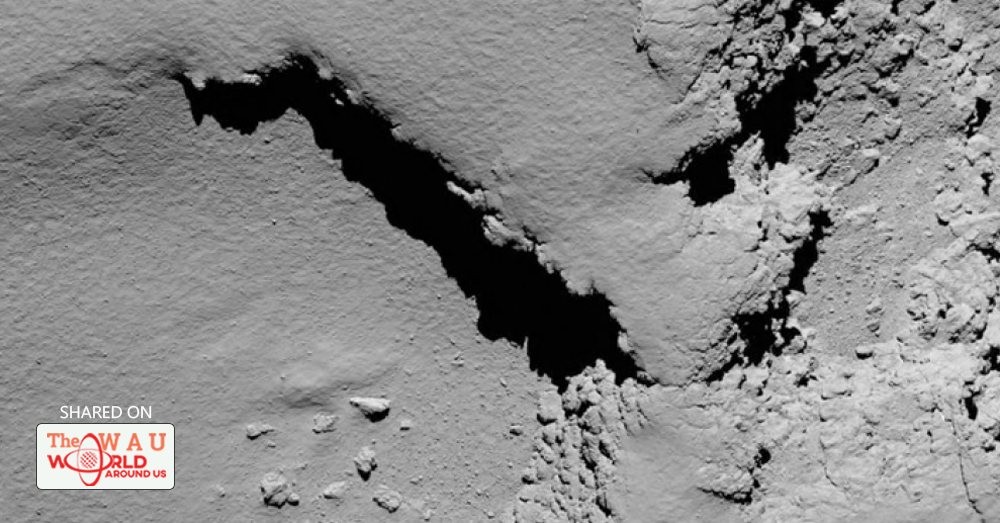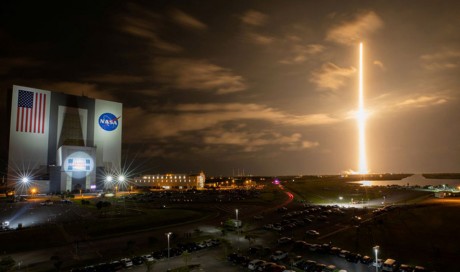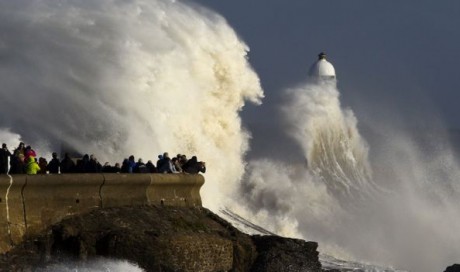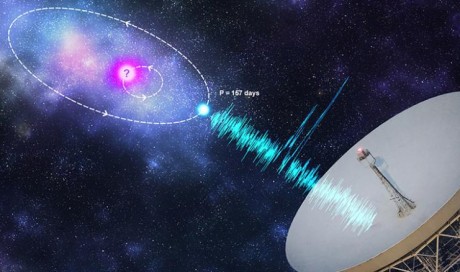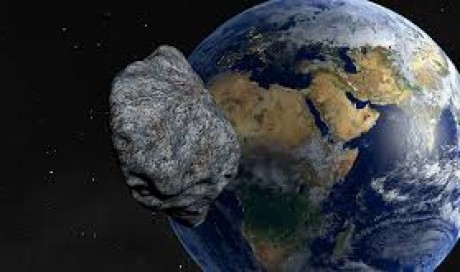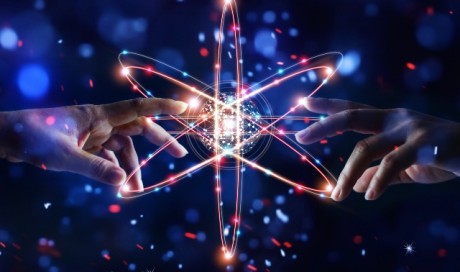It was an unusual grand finale. The crowded European Space Agency (ESA) operations center in Darmstadt, Germany, waited in silence and then the signal from the descending Rosetta mission simply stopped at 1:19 p.m. local time showing that the spacecraft had, presumably, landed on comet 67P/Churyumov-Gerasimenko some 40 minutes earlier, because of the time the signal takes to reach Earth. Mission controllers hugged each other, there was gentle applause from onlookers, and that was it.
There were no last-minute crises. Seven of Rosetta’s instruments kept gathering data until the end. Holger Sierks, principal investigator of the 12-year mission’s main camera, showed the gathered staff, officials, and journalists Rosetta’s final picture: a rough, gravelly surface with a few larger rocks covering an area 10 meters across. Earlier, it had snapped the interior of deep pits on the comet (shown above, from an altitude of 5.8 kilometers) that may show the building blocks it is made of. “It’s very crude raw data … but this will keep us busy,” Sierks said. It is hoped that this last close-up data grab will help to clarify the many scientific questions raised by Rosetta.
The mission achieved many firsts, including orbiting a comet for the first time—previous missions had been brief fly-bys—and landing on a comet, twice. The data gathered are transforming our understanding of what comets are like and how they formed, as well as shedding light on how the cloud of dust and gas from which our sun formed also spawned bodies such as comets, asteroids, and planets. It found organic molecules that could be the building blocks of life, and showed that the water it carries is unlike that on Earth, confounding theories that comets supplied our planet with water.
Said Patrick Martin, the mission manager: “Farewell Rosetta, you’ve done the job. That was space science at its best.”
Share This Post

